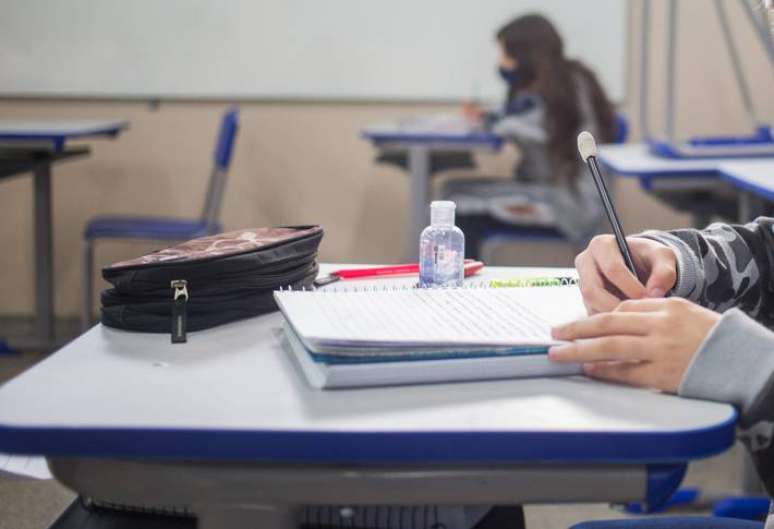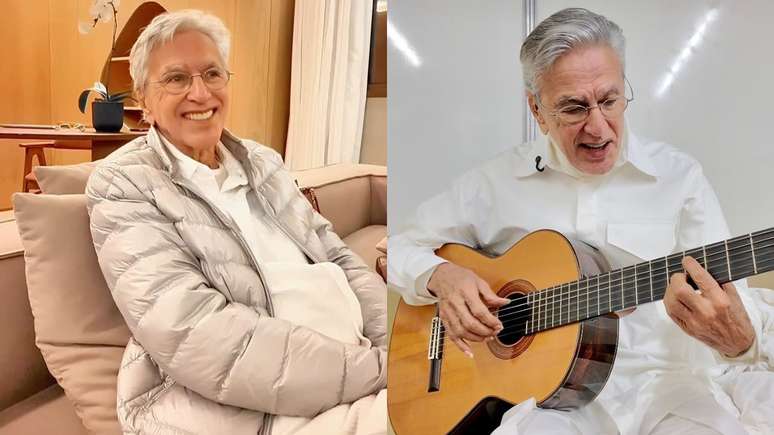There are doubts whether the amounts will remain within the spending ceiling; The bill authorizes the government to allocate most of the funds for immediate withdrawals, reserving only a third for savings contributions
BRASILIA – The plenary of House of Representatives approved on the night of this Tuesday the 12th, with a symbolic vote, the bill that creates a financial incentive for 2.5 million low-income students in High school. In a last-minute change, after the agreement reached with the presidents of the Chamber, the rapporteur, the deputy Pedro Uczai (PT-SC), included in the text the authorization for the government to use up to R$ 13 billion from the Social Fund surpluses, linked to pre-saltto support the initiative.
The amount is more than double the initial budget, 6 billion reais, and according to the rapporteur it would be enough to finance two years of the measure. The text now goes to Federal Senate.
Uczai told the Estadao that there is agreement by legislative counsel that inclusion of this section in the proposal would avoid approval of the Complementary bill (PLP) allocating up to R$6 billion from this same fund to the new program, outside the spending cap. This PLP received Senate approval earlier this month, but is still awaiting House analysis.
It would be, in other words, a strategy to accelerate the treatment of the issue, since Congress goes on break on the 22nd. However, the technicians of the economic team reported this Estadao that, according to this formulation, transfers from the Social Fund would be subject to the ceiling and rules of the new fiscal framework. And yes, to make the cap exceptional would require the approval of a PLP.
As part of the project, values will be transferred to private fund, which will be managed by Caixa Econômica Federal, which will be passed on to students. Due to pressure from Congress, the speaker eliminated the possibility of the government providing contributions through shares of state-owned companies and revenues obtained from pre-salt auctions – which were included in the Provisional Measure published by Planalto and which were classified as creative accounting by economists.
On the other hand, Uczai has made possible another source of resources, which could come from the “remnants” of the guarantee funds. Among these, the funds linked to the former Fies (Fund for the Financing of Higher Education Students) and Desenrola, the federal government’s debt renegotiation program, which has not yet had the expected absorption.
Desenrola, however, is already using the residues of another program: Pronampe, which finances micro and small businesses with Union guarantees, so there are doubts about what amounts would be available.
Withdrawals
The bill approved by the Chamber authorizes the government to allocate most of the program’s funds to immediate withdrawals, reserving only a third for contributions to long-term savings – which can only be withdrawn after completing the school phase.
This is a modification of the guidelines compared to the original text, by MP Tabata Amaral (PSB-SP), which did not provide for the form of a monthly subsidy. The 2021 proposal only allowed annual withdrawals, limited to 40% of the amounts paid in, and withheld the remainder until the end of the third year, as a way to reduce high evasion rates in the country.
The new formulation has raised criticism among government technicians involved in the program, who see a short-term welfare format, with an eye on the 2024 municipal elections.
The speaker, however, denied any kind of electoral bias and defended the adjustments to the text: “If you look at the programs (to combat school dropout) In Brazil and around the world, those who simply saved money did not have the expected impact. The real world, the difficulty for the poor to go to school, who often suffer from hunger, moving from one place to another… If there is no monthly allowance, the dropout rates, before completing the ‘year, they are very tall.”
The executive director of Todos Pela Educação, Olavo Nogueira Filho, evaluates the combination of monthly transfers and savings as positive, but suggests a recalibration of the division. “Considering that one of the main objectives concerns the incentive to complete secondary education, it would be consistent for the amount allocated for this aspect to be at least equivalent to that of recurrent transfers or very close to it,” he says.
Nogueira also proposes that students in extreme poverty receive transfers above the universal amount expected for all students in CadÚnico.
The bill does not define the amounts that will be distributed to students, but provides reference data: according to the rapporteur, it would be possible to pay 200 reais per month, in the ten months of the academic year, upon confirmation of enrolment, plus an annual contribution of R$ $1,000, earmarked for savings, which would be redeemed only after completing high school. These amounts will be defined by ordinance.
Payments will be subject to four main prerequisites: enrollment in the respective years; minimum school attendance (it was 75%, but rose to 80% in the negotiations in the Chamber); approval in academic years; and carrying out periodic assessments such as Enem and Saeb.
In addition to high school students, EJA (Youth and Adult Education) students, aged 19 to 24, will also be covered.
Source: Terra
Rose James is a Gossipify movie and series reviewer known for her in-depth analysis and unique perspective on the latest releases. With a background in film studies, she provides engaging and informative reviews, and keeps readers up to date with industry trends and emerging talents.


![Plus Belle La Vie Adher: What awaits you, on August 27, 2025 on Wednesday, Wednesday, 407 episode [SPOILERS] Plus Belle La Vie Adher: What awaits you, on August 27, 2025 on Wednesday, Wednesday, 407 episode [SPOILERS]](https://fr.web.img6.acsta.net/img/e9/fc/e9fca61f1a49ef45be5d4fef9be64ede.jpg)





